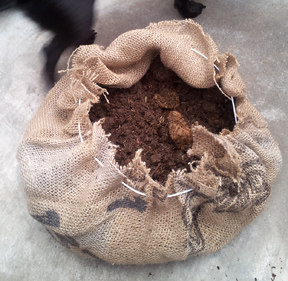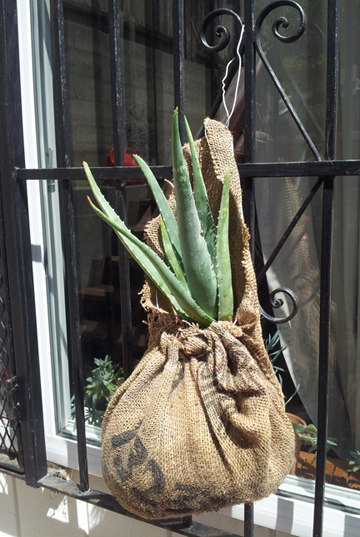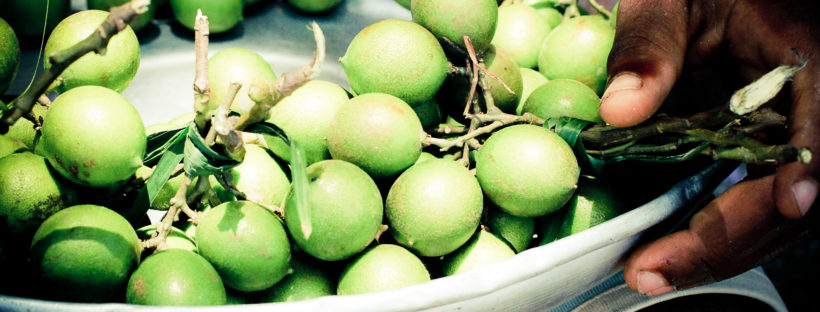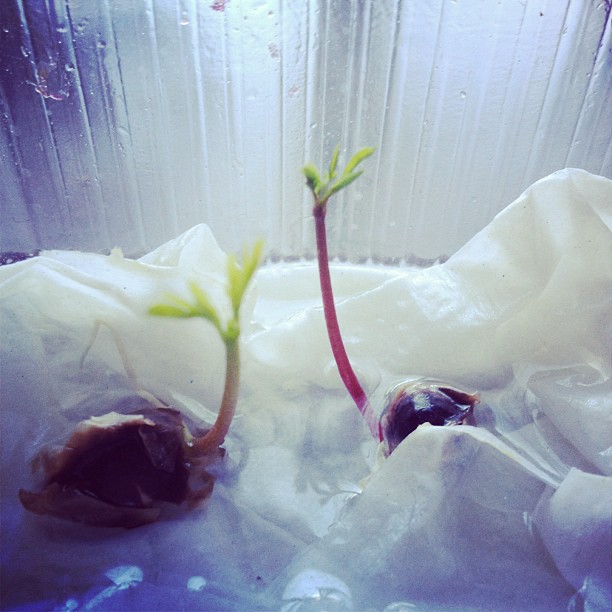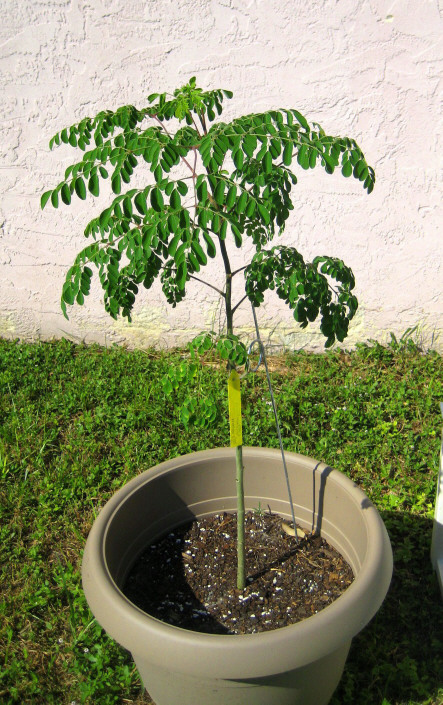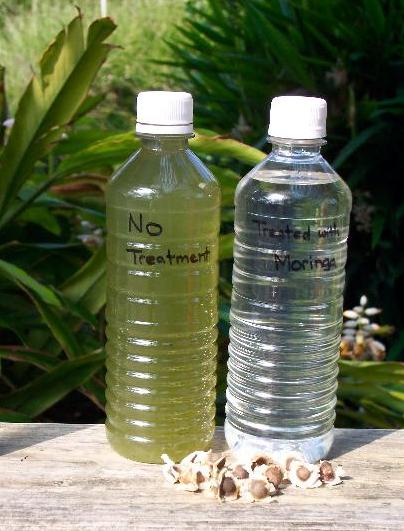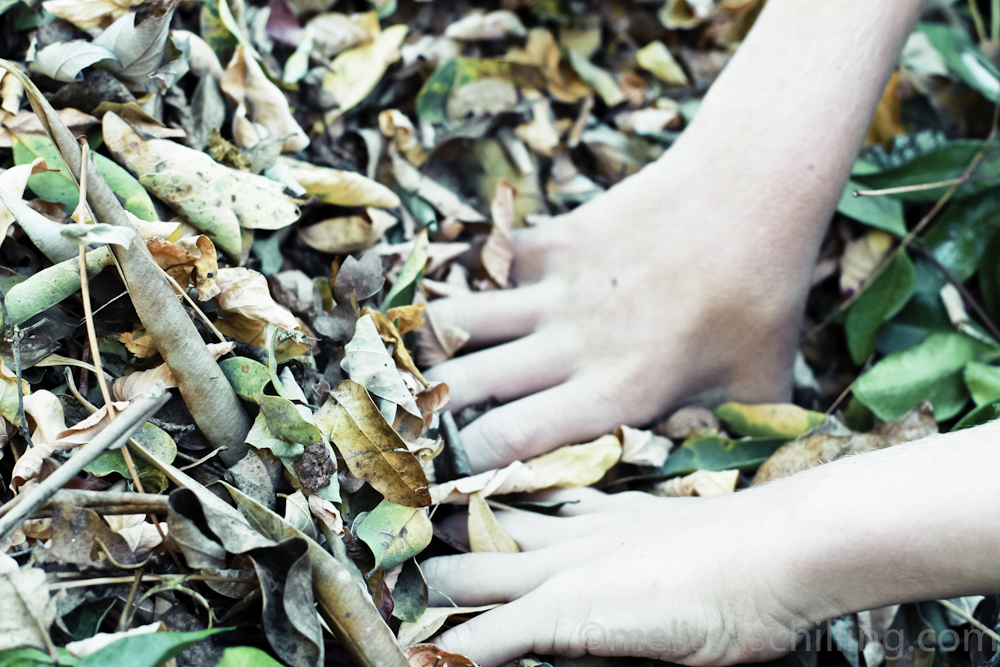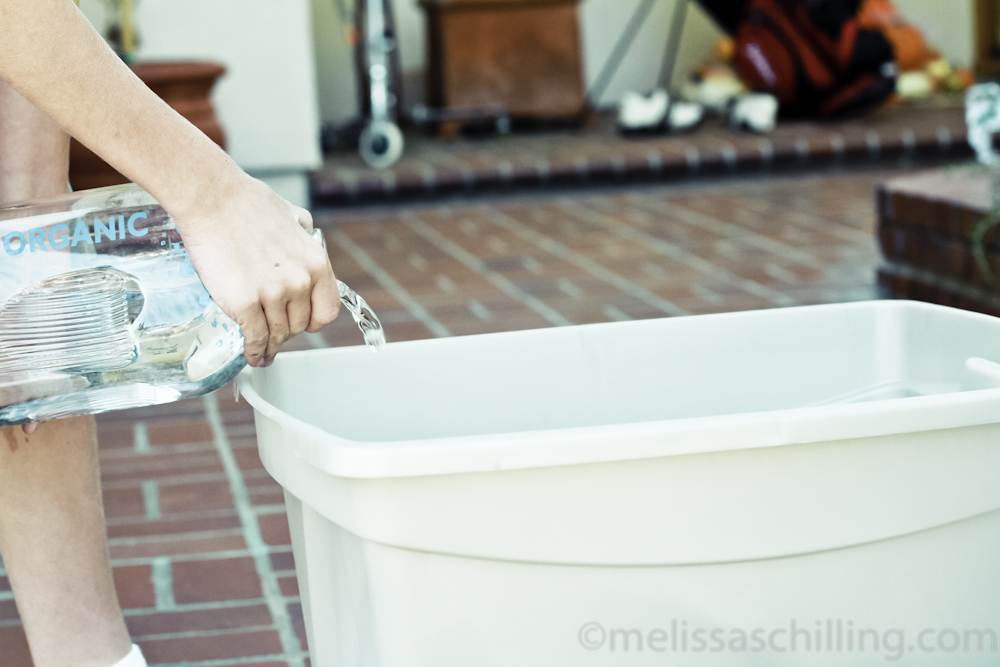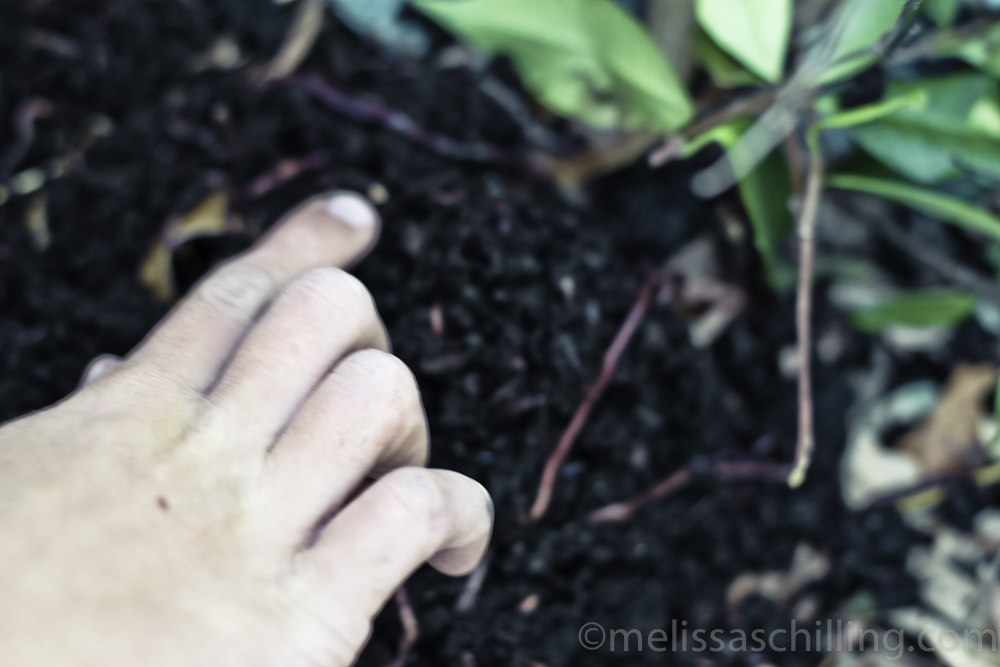Project HOPE Art
Growing Gardens Instructional Guide
Why does Project HOPE Art promote gardening as an art form?
Because art should permeate everything we do to make the world a better, more creative and inspiring place to live.
Art + Science go hand in hand. We need both to live. One feeds our mind and soul. The other nourishes our bodies.
KEY GARDENING INFORMATION
What does Organic Farming mean?
Growing fruits and vegetables without artificial chemicals, fertilizers, pesticides or herbicides. A practice of avoiding chemicals all together in order to be gentle and natural with the earth.
Why should I Repurpose and Recycle items?
To reduce waste and stop contributing to the ugly practice of discarding items carelessly when there is plenty of life left in them. The earth doesn’t need more trash floating in the ocean, in rivers, on the streets and in cities and towns all over. Find beauty in the old and see new ways to re-use your garbage.
Soil
Soil is the essence of gardening. And you must take care of your dirt the same way you tend your fruits and vegetables. Soil health translates to fruit and vegetable health. You want your soil to both drain and retain moisture. You want your soil to receive healthful components found in compost, which means encouraging worms and other helpful creatures. And adding grit or fine gravel to your soil on occasion is the key to finding balance in the composition of your soil.
If your soil is very acidic, add lime. Some vegetables like acidic soil (potatoes, tomatoes, peppers, peas, beans and onions).
If your soil is very alkaline, add leafmold, peatmoss and compost. (The Brassica Family: Mustards and Greens like alkaline soil).
What is Compost?
It is the practice of adding in rotting vegetable and fruit matter back into the soil to amend soil texture, re-introduce nutrients and vitamins and help soil drainage. Using wood for your compost storage bin is the most helpful material because it allows your compost to stay warm (which helps it break down) and allows it to breathe and air out.
You can compost:
-all garden waste
-shredded or chopped woody material
-tea, coffee, egg shells
-newspaper, wood ash, torn cardboard, animal/human hair and straw
-avoid weeds and cooked food
Put all your compost into your bin. Stir it once a week. When your compost has broken down from heat, moisture and time. It should begin to be sweet smelling. That is when it is time to spread it out into your garden.
Vermicomposting: You can add red earth worms into your compost to help it along with the breaking down process. Worms eat your scraps and leave behind their own waste. Worm poop is also vital to soil health.
CROPS
Moringa Trees- The Moringa tree is native to northern India, but today it is common throughout the tropical and sub-tropical regions of Asia, Africa, and Latin America.
Moringa trees grow easily from seeds or cuttings. They grow quickly even in poor soil and bloom 8 months after planting.
Onions – One of the most useful vegetables to have in your garden.
They prefer open, sunny spots and can be planted almost any time of year, as long as your treat their soil with compost.
They can be grown from seed or small bulbs called sets. They generally take 18-42 weeks to be harvested. Allow the leaves to fall back and flop over, then gently loosen your onion from the soil. Let them ripen in the sun on the ground for a few days.
Cabbages – A fantastic choice for pikliez, salad slaws and accompaniment for braised meats. They prefer open sites protected from wind. They do not like fresh compost, so choose a spot that was enriched with compost one or two growing seasons previous. They generally take 20-40 weeks to be harvested. Cabbages can be troublesome to grow, but if you cut them from the stem carefully you may get a second round of cabbage. Be gentle with them. Store them for weeks in cool, airy places.
Bush Beans – The most versatile bean for cooking, they include kidney, lima and snap. They love sunny, open spots and do particularly well in containers. They generally take 7-14 weeks for harvesting. To sow: make a trench about 1 ½ inches deep, 6 inches wide and as long as you have space (2 feet to 6 feet long)and plant two rows of seeds in your trench. Weed carefully. Keep watch for mice, snails and slugs. They will steal or eat your seeds and young shoots. Once mature your beans are safe. Pick your beans often, the more you pick, the more will grow. Old beans will become tough, so eat them young. You can always return old beans to the ground to grow new beans.
Bush Beans – Also known as Runner Beans, these types of beans are very easy to grow. And adore warm places. They love a sunny, open spot that has not been recently enriched with compost. They grow well in containers. No matter where you choose to grow them, make sure you have a firm stake in the ground to train your beans upwards towards the sun. They will be ready to harvest in 14-26 weeks. Pick the beans often and eat them same day or next day. This may mean you have to share your bounty with friends and family.
Lettuces – The widest range of textures, colors, flavors and appearance. Lettuces will tolerate shade but prefer open, breezy sun spots. Moisture-retentive soils are best. You can grow them almost any time of year. They will be ready to harvest in 6-15 weeks. The same plants will go on growing new heads, providing you with an economy of space.
Beets – A joy to have in the garden with it’s splashy colors. Very easy to grow, Beets love equally large containers and rich, light soils with lots of sun. Start with many seeds in the ground and thin them out as necessary to give ample space to spread out and grow. In general, you can expect to harvest in 8 weeks. Simply pull them from the ground. Younger, smaller beets are juicier and more flavorful.
Tomatoes – Prepare to be amazed with the incredible flavor of a homegrown tomato. They need sunshine and ample space to stretch out. You will undoubtedly need to provide stakes or a support system to hold the arms of the tomato plant aloft and keep tomoatoes from unnecessarily rotting on the ground. Establish a watering routine to avoid the fruit from splitting or bursting. They generally take 8 weeks to be ready for harvest.
